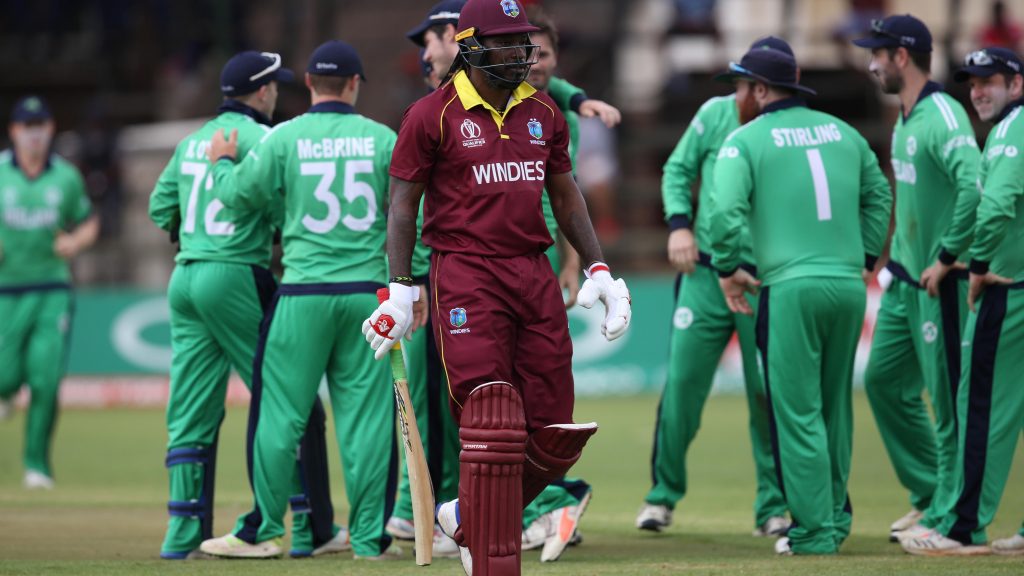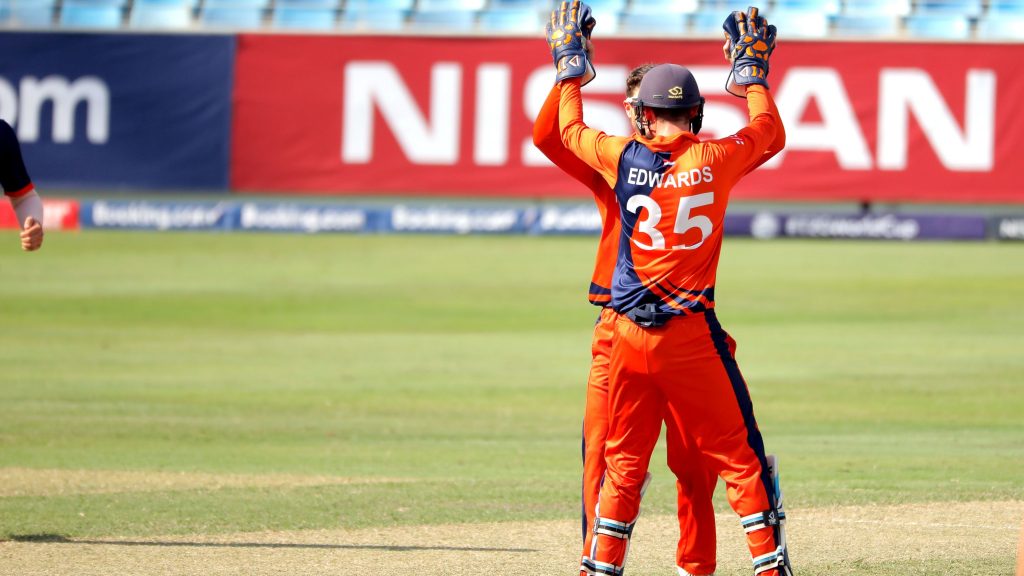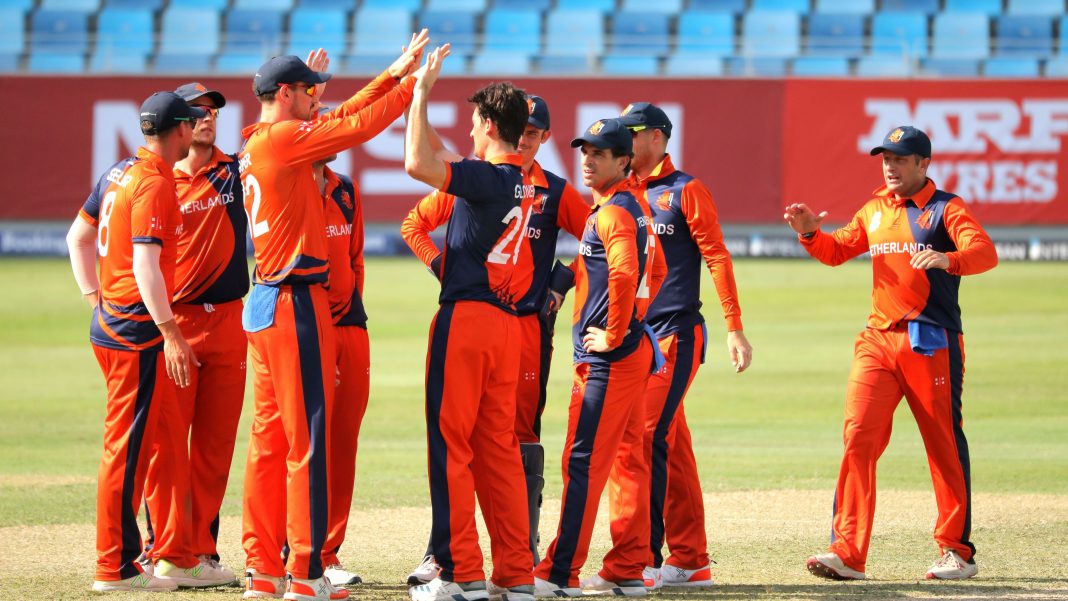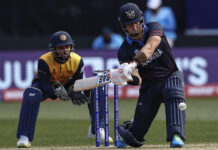Let’s do an experiment.
Looking back at the last five years, how many classic Full Member ODI series can you recall your favourite team hosting?
Unless your team were playing a bitter rival, you’ll be hard-pressed to remember details of tours played out. Heck, you could almost forget who toured at all. Sure, the odd moment or two is burnt into your brain, but if you claim to be able to rattle off scorecards, you’re either Rain Man or a liar.
For the limited heart-stopping moments, we’ve endured a host of bland encounters in irrelevant series. Even some of the thrillers are lost in the pages of the dusty record books, forgotten after five minutes.
To those who follow Associate cricket, compare this to some of the nail-biters across World Cricket League events and other tournaments. Even off the cuff, USA’s last-over win over Namibia, Karan KC’s heroics against Canada, and Vanuatu defending 65 against Malaysia have all happened in the last two years. To make these moments bigger, all of these results had bearing on a country’s funding, ODI status claims, promotion hopes, or relegation fears.
It’s almost like playing for something important raises the stakes and the excitement. Who would have thought?

For the teams competing, the fans, and ultimately the fifty-over format, it would be remiss to downplay the new ODI Super League. Mainstream broadcasting and even the competition’s organisers struggle to sing its praises, though it must be acknowledged the new normal is better than anything in its place before, and has the potential to save One Day International cricket from extinction.
Is it perfect? Heavens no, but evolution is not about perfection: it is about adapting, and putting positive changes in motion.
The context of qualification for global tournaments, and the burden of pressure to perform across the thirteen teams, breathes new life in a format sat as the awkward middle child. Instead of clinging to flawed and exploited rankings models, wrongfully preaching them as a valid qualification metric for a tournament, no longer can rich boards simply add more tours to their calendar to pump up their numbers. Teams only play eight of the twelve others in the competition, but it’s a marked improvement than the disparity in the number of matches the teams would have played in that same period. From January 2017 to January 2019, Sri Lanka played almost double the number of ODI matches as the lowest Full Member, Ireland, in what is a sad indictment of how lopsided the itineraries can be.
ODIs played from Jan 2017 to Jan 2019 outside of 2017 Champions Trophy – 2020-2022 Super League Teams
| Team | Matches |
| Sri Lanka | 41 |
| England | 40 |
| India | 38 |
| South Africa | 33 |
| West Indies | 33 |
| Zimbabwe | 32 |
| New Zealand | 30 |
| Pakistan | 26 |
| Australia | 25 |
| Afghanistan | 24 |
| Bangladesh | 24 |
| Ireland | 23 |
| The Netherlands | 2* |
For all the negative chat and ignorant thinking from parts of the television media, it is almost ironic that the new structure is likely to deliver the same people better television ratings. The best moments in sport come when human drama reveals itself, where humans, like you and me, are playing for something, and playing under pressure. International cricket, through the ODI Super League, has finally created those moments outside of a World Cup, where top Full Member international players fight to qualify for the tournament. There are no guarantees for those around that eighth spot, and the ride of trying to grind out results in far-flung places of the world is all the more crucial. To add to this, consider the prospects of finishing bottom, and being relegated from the league from the next cycle. Fans lost to the game in recent years to other sports and viewing options, disillusioned with international matches lacking meaning, may return when World Cup qualification and league survival are on the line.
People don’t want to see exhibition game after exhibition game. The sports fan today is too smart for a game of cricket on its own being the selling point, and every match needs to mean something. There are too many other sports with quality formulas and products, and only so much time to watch. Among different platforms and channels, we are almost desensitised to how much sport there is. If you’re providing a product, the level of competition for ratings and metrics means your product needs to be top shelf for it to be sustainable.

For those lucky to be exposed to the Hunger Games of Associate Cricket, either in person or through the advent of streams, the pressures of the game have, if anything, been too extreme on the other end of the spectrum. Playing for their careers in cricket, and their country’s future in the game, the new measures of the ODI Super League and League 2 take some of the pressure off. The burden has not dissipated, but is instead redistributed healthily across the game’s top twenty countries. There’s just enough on every match to put butterflies in the stomachs of players from England to the United States, and enough to play for without the morbid consequences for those in Associate cricket attempting to carry their entire country’s future on their back.
Looking forward to February 2022, Afghanistan take on Bangladesh in what is, pending post-Covid schedule changes, both their penultimate series in the ODI Super League. To finish inside the top eight, both teams will have those three matches circled on their calendars, knowing that it could be a make-or-break series. Not a main event previously, the desire to finish in an automatic World Cup qualification spot means it could be a series that prevents one of the sides from a precarious task to snatch a spot through the World Cup Qualifier.

The narrative for Full Members in ODI cricket has previously been building in four-year plans, and peaking at every World Cup. Tinkering and toying with playing elevens, high-level international cricket has a been a laboratory instead of the game’s pinnacle. Sure, England used the Ireland series as a time to try out a handful of players and to fit as much cricket in as possible through multiple bio-secure bubbles, but that’s their prerogative – as the best ODI team in the world with the most depth. Teams must go by a win-now mantra with risks prevalent, and cricket in general will benefit from the game’s best playing. Scotland’s 2018 victory over the current world champions proves competition has never been stronger across the board, and the idea of playing in the World Cup Qualifier should be the only motivation a team needs to lock up a top-eight finish. As the West Indies and Afghanistan can attest after their travails in 2018, the path is certainly not straightforward and a bit of luck (or an umpiring decision) needs to go your way.
Never before have we had such significance, relevance and context to inspire peak athletic prowess, and to draw in crucial viewing numbers by raising the stakes earlier in every World Cup cycle. If the ICC wants to take those magical three words as their Citius, Altius, Fortius, they by all means can.
Edit November 2021: a paragraph on the absence of a cricket streaming service has been omitted after the launch of ICC.tv
Keep up with Dutch, Irish and Afghan ODI Super League news and events happening in the emerging game through our Facebook and Twitter pages, as well as our calendar of events!
Looking for audio content on the emerging game? Add the Emerging Cricket Podcast to your favourites on Apple, Spotify and Podbean.
Want extra Emerging Cricket content? Contribute to the Emerging Cricket Patreon cause from as little as $2 a month. Sign up here!







